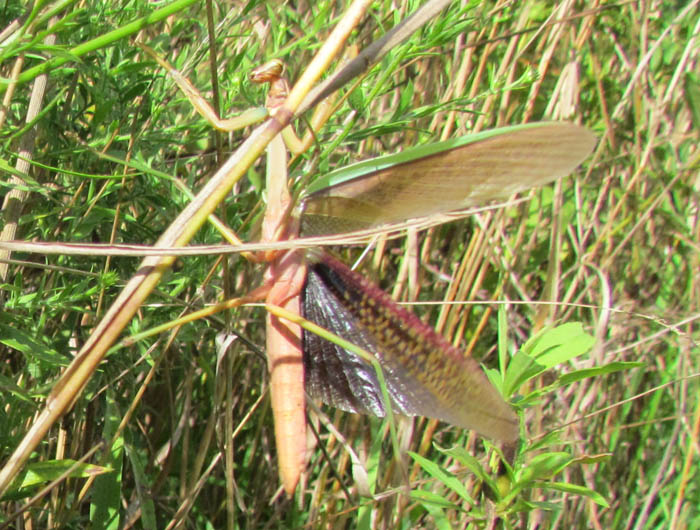While doing a little hiking in Brecksville Reservation I came across a Katydid. Their great camoflauge is obvious. When looking straight down at one, it can be very difficult to detect in a field.
And while looking at one from the side, it appears to be a leaf. They can use their leaf-like wings to take flight if necessary.
Katydids eat a wide variety of vegetation. Males are capable of generating sound by rubbing their wings together. Females hear them with an “ear” located in each front leg.
They can be distinguished from grasshoppers by their long antennae, which may exceed their own body length. Females (like this one) possess a sword-shaped egg-laying structure called an ovipositor.
The Katydid is to the night what the Cicada is to the day, filling the night with its song. To some it sounds like it is saying “Katy did, Katy did, she did, she did,” over and over again. We don’t know what Katy did, but that is likely how the Katydid got its name.













